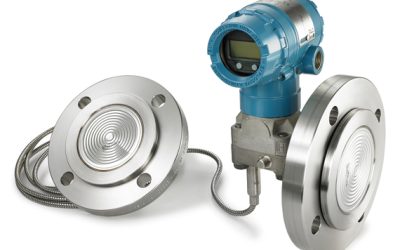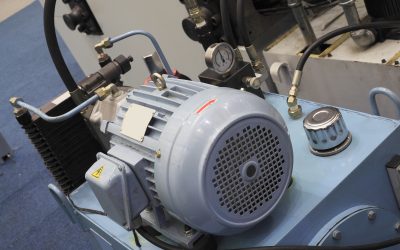Sometimes very simple systems are the most effective, particularly when it comes to parts and components that are used in ongoing operations, such as food and beverage production.
One essential component in many types of these production applications is a plate type heat exchanger. There are different options in heat exchangers, but the plate type is simple, has no moving parts, and is very easy to maintain. It is also highly effective at transferring heat between different liquids, slurries, and semi-solids during processing and production.
The Basic Design
All plate type heat exchanger models operate on the same general principle. There are parallel plates that stack on top of one another, with ridges in each plate to match up to the same ridge pattern on the next plate. This creates channels to allow the fluid traveling through the plates to be exposed to a larger surface area without adding to the size of the heat exchanger.
The ridges or corrugations in the individual plates also contribute to turbulence in the plate type heat exchanger, increasing the contact of all of the liquid with the plate. This provides an increased ability to expose alternate sides of the plate to the hot or cold liquid streams, allowing for the heat exchange to occur throughout the liquid.
Without the additional turbulence created by the flow of the material through the heat exchanger, there would be inconsistent temperature control or hot and cold areas of the liquid.
In addition to the specific pattern of the channels in the plates, and the ability to provide the necessary movement of the liquid, it is also important to consider the system pressure the heat exchanger is designed to operate under. High-pressure systems will need plate heat exchangers with specialized seals and design considerations to prevent leaks and failures.








